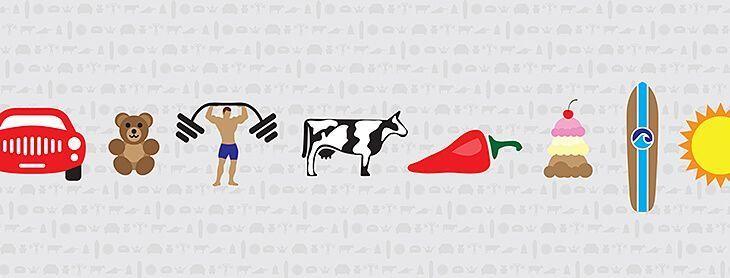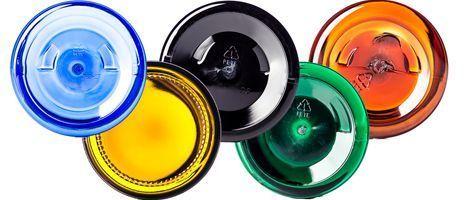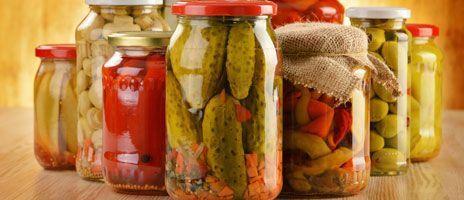Canned Food Safety tips


Ready to delve into some of the more interesting aspects of canned food? Good!
In 1865, the steamboat Bertrand sunk on the Missouri River. Over one hundred years later, it was found. Inside the boat were canned peaches, oysters, vegetables, and other canned food. When the National Food Processors Association (NFPA) tested the food in 1974, they found that it was safe to eat. It had lost its fresh smell and appearance, but there was no microbial growth. The food had lost some nutritional value, but it was safe to eat.
Shelf Life of Canned Foods
The story of the Bertrand steamboat is quite remarkable. Most guidelines suggest a shorter shelf life than 100 years for the best taste, texture, and nutritional value. The USDA recommends that high-acid foods (tomatoes, fruits, and pickled vegetables) be eaten in 18-24 months. Low-acid foods (meats and vegetables) can be stored for two to five years.
Detecting Spoilage
When eating canned food, be sure to check every single jar for signs of spoilage or contamination. Never, EVER eat food that shows signs of spoilage. Here are some common warning signs of spoiled food:
- A jar with mold on the outside. This could mean that the jar is improperly sealed and the contents have escaped, letting molds, yeasts, and bacteria in.
- A major change in the color of the food. Black, brown, or gray food can indicate that the food is bad.
- A change in texture. If the food is slimy, don't eat it.
- Mold inside of the jar or can.
- Small bubbles or a release of gas. If the jar squirts when you open it, pitch it.
- Cans or jars with bulging lids.
Canned Food and Botulism
Botulism is poisoning caused by the toxin produced by Clostridium botulism. Botulism poisoning, though very rare, is extremely dangerous. It causes paralysis of the respiratory system, legs, trunk, and arms, and can be fatal. Botulism spores are naturally found in dust and soil, and often stick to fruits and vegetables. The spores cannot grow in the presence of air, but multiply and thrive in incorrectly processed jars of food. The bacteria usually don't survive in high-acid foods, and are destroyed when low-acid foods are correctly processed in a steam pressure canner. According to the CDC, boiling home-canned food for 10 minutes before eating can prevent botulism poisoning.
If you detect spoilage or something doesn't smell right with your canned food, don't even open the jar. As the CDC states, When in doubt, throw it out! To safely dispose of a contaminated jar, follow these steps:
- Do NOT open it. The spores are extremely dangerous. If it is already open, avoid touching it. Wear gloves.
- Put the food or jar into a sealable plastic bag.
- Wrap it in a second bag.
- Tape the bags shut tightly.
- Put the bag in an outside trash receptacle where it won't come in contact with people or pets.
- Don't discard the spoiled food in the sink or toilet.
- Wash your hands for two minutes with soap.
- Clean up any messes with a bleach solution.
Now you know a few more things about safety and canning. Don't let these scary facts frighten you away from canning. Just remember to use caution and follow the correct instructions and guidelines. If you do, then your canned foods should be both delicious and safe! And also remember to check out our catalog for Mason Jars and other canning needs.




